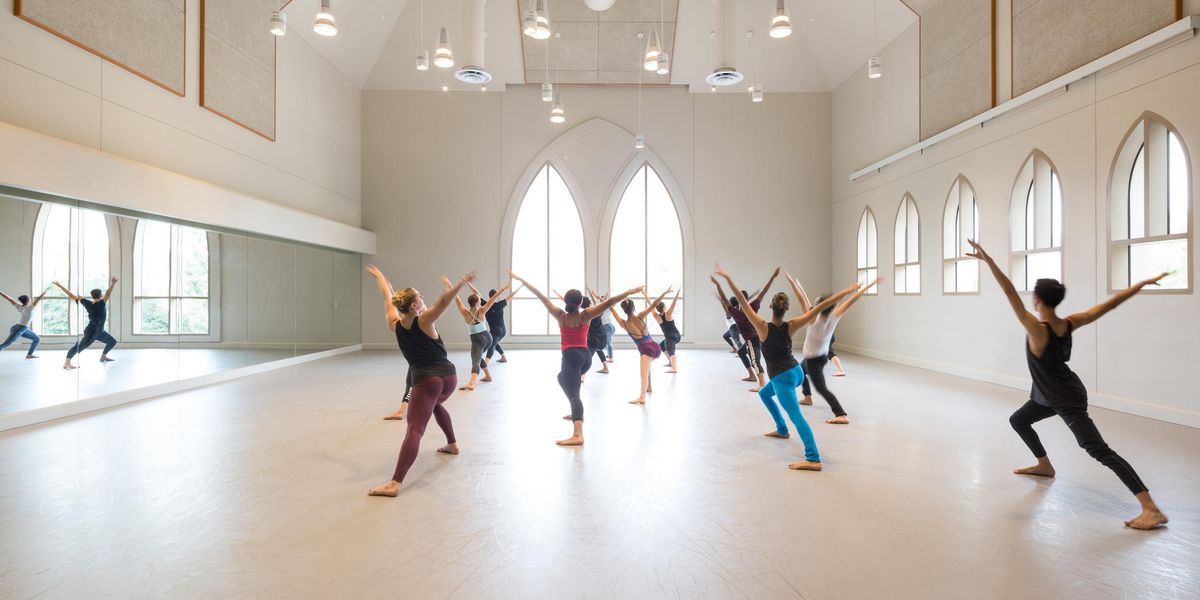Advice for Dancers: Double Duty
How to prepare for a second career, plus why you should never ignore a stress fracture
I am currently pursuing a bachelor’s degree in dance at Point Park University. My main goal is to perform, but I also want to get credentialed in dance or sports medicine as a physical therapy assistant or athletic trainer. How can I do both and also pay for school?
—Lydia, Pittsburgh, PA
Good for you! It’s helpful to think ahead about life after dance. Shifting to a new identity takes time, and figuring out what you want to do is half the battle. If you want to be a physical therapy assistant, you will need a two-year associate’s degree. You could get your BA in dance and then return for two additional years of college, or you could spread your physical therapy courses throughout your performing career and graduate about the time you’re ready to retire. While you may be able to do some of your academic courses online, or one course a semester at a university, programs in physical therapy and athletic training typically require training both on campus and in health-care facilities. Once you begin performing, you may qualify for a $2,000 scholarship for college or a $5,000 scholarship for graduate work from Career Transition For Dancers (careertransition.org). Some universities will also accommodate a dancer’s schedule and income. There are many resources to assist dancers in preparing for a second career while they perform!
My shin has been hurting me for eight months. I didn’t want to jeopardize a great job in a musical, so I used ice and anti-inflammatories to numb the pain. The doc took an X-ray and said there’s a deep crack in my shin that needs a metal plate, bone graft and up to a year of rehab! How could my shin be this bad when I was able to perform on it? I’m almost tempted to keep dancing.
—Chris, Brooklyn, NY
Please don’t! Dancing on it could literally break your leg. Your routine of
using ice and medication simply masks pain, allowing you to dance with a dangerous stress fracture. This injury often occurs after months of repeated overload from jumping on hard floors. While it may not show up on film in the early stages, an MRI can pick it up right away. Yours was immediately apparent when you finally saw your doctor because continuing to dance for so long created a deep crack in the cortex of the shin. By this point, it’s likely that you feel pain when walking up and down stairs and jumping, and have a prominent bump on the shin that’s tender to the touch. Nonsurgical treatments, such as using crutches and an ultrasonic bone stimulator, rarely work and require significantly more healing time when used this late. There are many reports of cracks turning into complete fractures when they were ignored. Please be smart, and follow your doctor’s advice.
Several of my friends recently got apprenticeships in the company of my dreams. I had a major role in the annual workshop with compliments from everyone, including the critics, but still no offer. What gives? Since then I’ve lost interest in hanging out and can’t seem to get out of bed. How come?
—Feeling Hopeless, New York, NY
Sadly, it sounds like you may be sinking into a depression. It’s not unreasonable to expect a job offer after a successful performance and accolades, but we can’t read other people’s minds. It could be a simple matter of finances: The company only has a few openings each year and can’t take everyone who deserves a position. Or perhaps the artistic director thinks you’re so talented that you need more time to mature before you’re thrown into every leading role. Believe me, it happens. The problem is this can leave you feeling helpless, which can lead to depression, marked by loss of interest in routine activities, withdrawal from friends and family and sleep disorders. Forcing yourself to reestablish a normal schedule where you wake up at a given time and socialize with others can help break the cycle. You might also focus on what’s working, such as having pulled off a dynamite performance. If you’re still struggling, consider contacting your state psychological association for a therapist who specializes in cognitive-behavioral therapy. There’s no need for despair.
Send your questions to:
Dr. Linda Hamilton
2000 Broadway, PH2C, New York, NY 10023
e-mail: [email protected]
Former New York City Ballet dancer Linda Hamilton, Ph.D., is a psychologist in private practice, the author of Advice for Dancers (Jossey-Bass) and co-author of The Dancer’s Way: The New York City Ballet Guide to Mind, Body, and Nutrition (St. Martin’s Griffin). Her website is drlindahamilton.com.




